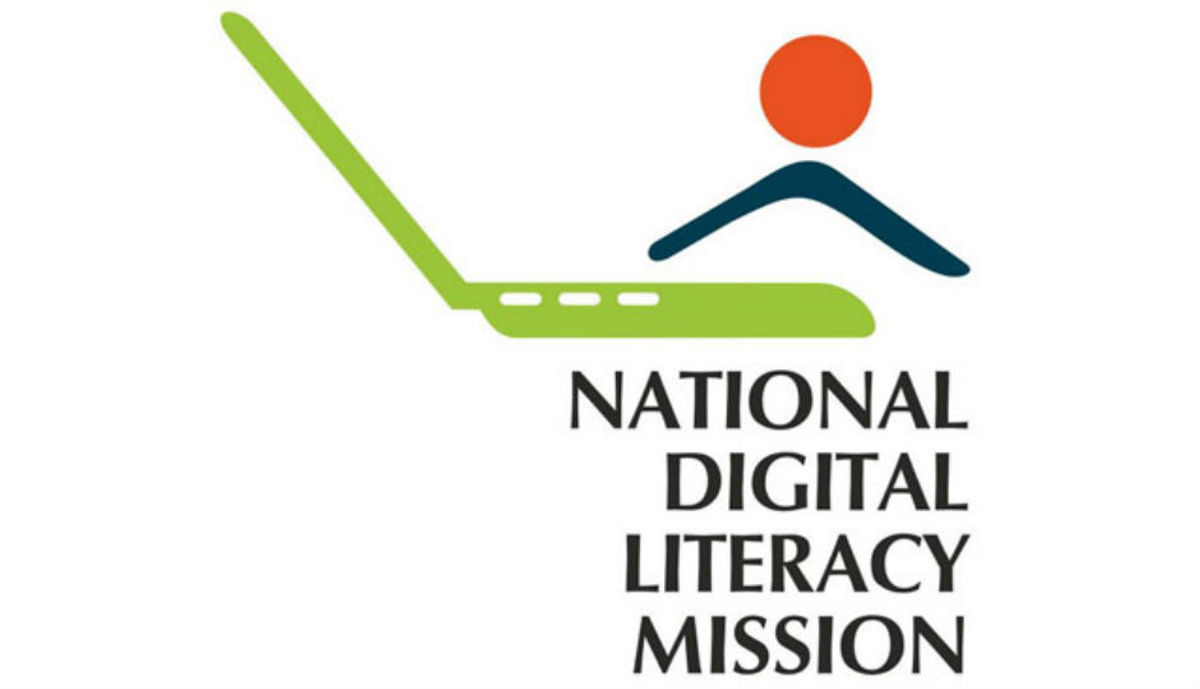7 Crore+ Customers

Affordable Premium

7 Crore+ Customers

Affordable Premium



Digital literacy is one of the primary factors that can boost the economic growth of India. Therefore, Digital India is an initiative by the Government of India, which aims at enhancing technical literacy and ensuring internet connectivity to all.
Under Digital India, National Digital Literacy Mission (NDLM) is a campaign that aims to digitally educate at least one member of every family in rural areas. It is formulated to provide IT training to 52.5 lakh individuals, including villagers, Anganwadi and ASHA workers, and ration shop dealers.
Let us discuss its detailed discourse here.
Important features of the National Digital Literacy Mission are as follows-
Moreover, the project has adopted some sub-projects for skill development, employment and training of rural women.
National Digital Literacy Mission India is needed to technically empower every Indian to be a part of the global digital revolution. Moreover, technical literacy is the basic requirement for education, financial independence, and other developments.
Besides, figures suggest that only 43% of Indians are internet savvy. In India, we have 6,00,000 to 1 million villages, and less than 40% of these villagers have active internet users. So, NDLM aims to digitally empower the individuals living in these regions to be a part of ‘digital India’.
Along with the government, many NGOs, internet service providers, and other entities are proactively working to make this campaign successful. More than 255 unique visitors are searching the NDLM full form and its domain website every day, which is itself a sign of awareness and progress.
Eligibility for the NDLM registration process is-
Necessary documents for the NDLM scheme are:
The Government of India’s vision or objectives of NDLM is to form a consortium with stakeholders in making Panchayat constituencies digitally empowered. The IT education and women empowerment can improve issues related to:
Its main objectives are:
The benefits of NDLM comprise both the Government of India and villagers. Technical literacy will help citizens avail various schemes and benefits offered the government. Without digital access and knowledge, they will not get proper education, maintain financial security, or be empowered.
In addition, internet connectivity will give the Government access to the remotest part of the country, making administration and service readily available to all.
Areas covered under NDLM are:
|
Areas |
Number of Individuals Covered |
Profession of the Individuals |
|
North Tripura - Naogang, Panisagar |
280 individuals |
Farmers & fishermen |
|
Rajasthan - Arain, Ajmer |
250 individuals |
In different disciplines |
|
Andhra Pradesh - Muthyalammapalem, Vizag |
453 individuals |
Fishermen |
|
Category |
States |
Students |
|
A |
Tamil Nadu, Uttar Pradesh, West Bengal, Maharashtra, Bihar, Madhya Pradesh, Andhra Pradesh (including Telangana), Gujarat and Karnataka |
3,10,000 |
|
B |
Odisha, Kerala, Haryana, Jammu & Kashmir, Jharkhand, Assam, NCT of Delhi, Punjab and Chhattisgarh |
1,10,000 |
|
C |
Himachal Pradesh, Daman & Diu, Tripura, Lakshadweep, Meghalaya, Puducherry, Manipur, Chandigarh, Mizoram, Arunachal Pradesh and Dadar & Nagar Haveli |
36,666 |
Some of the stakeholders of NDLM to accomplish this mission are-
The training is given in two levels:
This training involves the appreciation of digital literacy. The module trains on how to use digital gadgets like smartphones, tablets, send and receive emails, and use the internet to search for information. The course duration is 40 hours and completes within 10-30 days of starting.
This training provides knowledge about the basics of digital literacy. It is an advanced module, which will train on how to access and operate various government websites and other service providers, such as employment services, financial services, etc. Course duration is 40 hours and gets completed within 20-60 days.
The government is highly focused on making the National Digital Literacy Mission a successful program by developing the facilities and curriculum. It coordinates with more stakeholders, sets up easy registration procedures, conducts seminars and workshops, and develops the accreditation process. By digitalization, India will soon emerge as one of the global leaders empowered by technology.